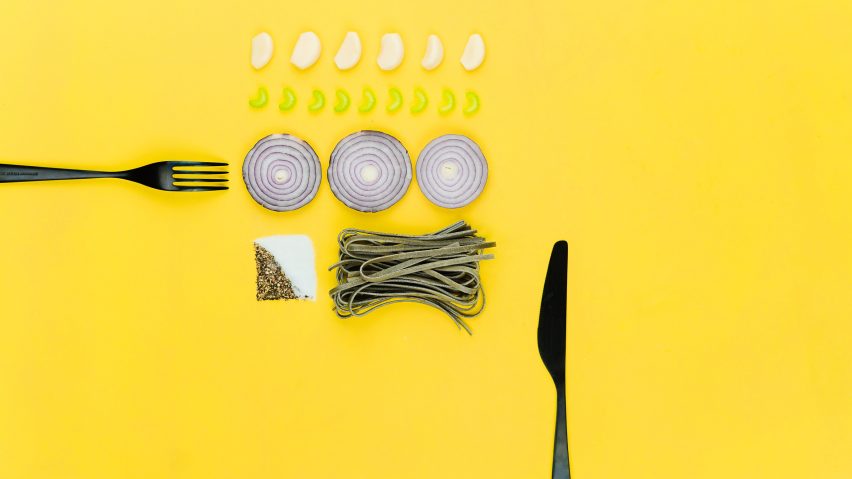
"Food design is nothing but advertising"
It's not surprising that designers are experimenting with food, but their impact so far has been little more than table dressing, argues Lucas Verweij.
Food has become a controversial subject in western society in a short space of time. The word has a direct connection with major health issues such as obesity, cancer and cardiovascular diseases. Meanwhile, it maintains strong relationships with universal themes like global warming, overconsumption and biodiversity.
Food triggers moral questions as well. Should you cut a pregnant sturgeon because her eggs are so delicious? Is it OK for 15 chickens to spend the entirety of their short lives crowded on a surface of less than one square metre?
When a subject has that degree of relevance to our lives, designers will poke their noses into it. But it also makes sense from an economic perspective: when something has the potential to change, there is money to be made.
A whole army of food designers has emerged
As a result, a whole army of food designers has emerged, with many more graduating each year from universities and design schools – not least the bachelor's degree course at Design Academy Eindhoven, headed by the queen of food design Marije Vogelzang.
Food designers like Bompas & Parr and Honey & Bunny are omnipresent just as exhibitions about food design are everywhere, such as Food Revolution 5.0 in Berlin this summer and the recent sugar-in-art show Sticky Business at the Stedelijk Museum in the Netherlands.
What have designers achieved in this sector? Not a whole lot, I believe.
An industry already exists for the actual design of food – whether it's a manufacturer like Unilever making Unox soup less salty or a chef developing ingredients, recipes and techniques.
Good chefs are creative. They have a plan. They listen to their customers and their instincts. They can handle assignments, make budgets and send invoices. They often make prototypes and tweak them again and again, based on feedback. Good chefs are already good designers; they don't need our blessing. If a designer wants to design food, I'd recommend culinary school.
If a designer wants to design food, I'd recommend culinary school
Of course, some designers do cook. I am regularly served genuine "designer food" – meals made entirely from market waste, or from animals living within the city limits (the pigeon with berry sauce tasted great, by the way). I've eaten meals that are strictly purple – delicious root veg with aubergine. I've also had "weed beer", though actual weeds represented only five per cent of the product. Turns out the backstory was better designed than the beer.
Where designers play the biggest role, I fear, is in the branding of food. Supported by food blogs and Instagram, they give people the feeling of authenticity, of love and care behind food preparation. Designers make the chalkboards on which to write menus, because those make the fare seem more natural. They create stone and wood serving boards with organic, uneven shapes. They design tasteful uniforms for the staff and invent upbeat names for the dishes.
Can we call this food design? No.
Food design is nothing but advertising. Of all the so-called food designers around, 90 per cent form part of the advertising industry without even knowing it. They design new ways of selling food, rename a fried chicken leg "prime poultry roasted in sesame oil", call sauerkraut "choucroute" or spin a yarn about the origins of the salt in the butter.
Ninety per cent of food designers are advertising without even knowing it
Designers are popular in the food industry because they can create the appearance of small-scale authenticity and creativity; values we like to associate with food. They dress up, pack, articulate, drape, embellish and stylise; qualities we normally attribute to advertising pros.
We no longer expect solutions from designers, yet we often praise the "awareness" they create around food. It's true that awareness is the first step toward change in a complex system like the food industry, and it's valuable that someone is doing it. But may I point out that generating awareness is a typical advertising task as well? Remember all those adverts cautioning against drink driving and drugs use? All the campaigns for safe sex? They were products of the larger advertising agencies, all to create "awareness".
I'll say it once more: food designers are admen in disguise.